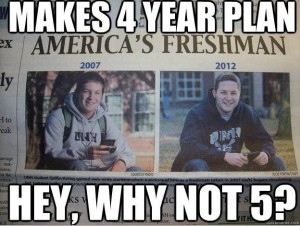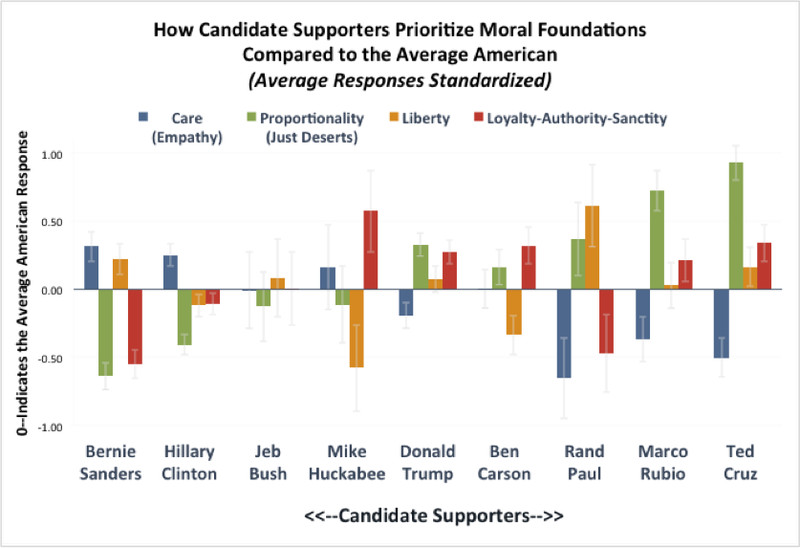This is part of the DR Book Collection.
 Last week, I posted an interview with economist Thomas Sowell on his brand new book Wealth, Politics, and Poverty. At the time I was reading through the book and have since finished it. The relative popularity of the post gave me an idea:[ref]I’m almost certain the popularity had more to do with Sowell than my reading list.[/ref] I will begin posting clips from interviews and/or lectures (depending on their availability) that are based on the books I read throughout the year. Obviously, not all of these books will be published in 2016. In fact, most won’t be. Nonetheless, if you’re anything like me, you might like to know what others are reading. And if it peaks your interest, you might like to get a firm grasp of the book’s subject and potential quality prior to reading. So, I plan on making this a consistent thing.
Last week, I posted an interview with economist Thomas Sowell on his brand new book Wealth, Politics, and Poverty. At the time I was reading through the book and have since finished it. The relative popularity of the post gave me an idea:[ref]I’m almost certain the popularity had more to do with Sowell than my reading list.[/ref] I will begin posting clips from interviews and/or lectures (depending on their availability) that are based on the books I read throughout the year. Obviously, not all of these books will be published in 2016. In fact, most won’t be. Nonetheless, if you’re anything like me, you might like to know what others are reading. And if it peaks your interest, you might like to get a firm grasp of the book’s subject and potential quality prior to reading. So, I plan on making this a consistent thing.
Without further ado, here’s the next book.
New Testament scholar Bart Ehrman of the University of North Carolina at Chapel Hill has at times been the center of public controversy due to some of his more popular books (Misquoting Jesus, Jesus, Interrupted), largely for introducing pretty standard New Testament scholarship to lay readers. His Oxford-published Lost Christianities: The Battles for Scripture and the Faiths We Never Knew, however, is one of his earlier academic publications. The book covers the history of Christian diversity and contention in the first few centuries. The debates and controversies among the chaos of early Christianity ranged from the nature of Jesus to the contents of the scriptural canon. It’s a fascinating and important history. I’d merely piecemealed the book over the last few years since I was already familiar with the sects Ehrman describes,[ref]I started studying the Gnostics on my mission when I was given a book on the Nag Hammadi library.[/ref] but I finally buckled down and read through the entire thing. Well worth it.
You can listen to a Beliefnet interview with Ehrman below.






 Vox has a
Vox has a 